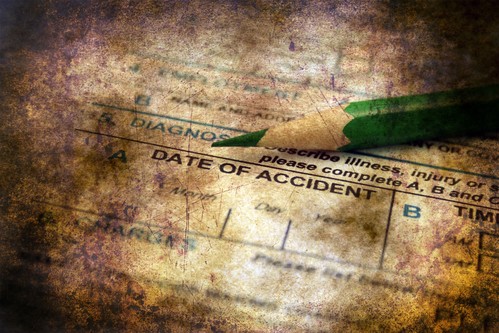
Hypothetical: Taking the back Seat to Claim Management
Let’s look at an all-too-common scenario. A work injury occurs, and there is a significant lag in reporting the claim. The claim management team lets the claim collect dust, and there is little contact between the claim handlers and employer representatives. The employee commences medical care and has now been off work. Surgery is recommended, and the file is finally referred for defense. Extensive litigation ensues. There is a chance the employee will now never return to work.
What went wrong? Now is the time to take control to prevent this problem from repeating.
Click Link to Access Free PDF Download
Emphasis on Safety in Prompt Injury Reporting
Taking control of the claim starts before the occurrence of the work injury. This requires a culture of safety and injury prevention. It is also a chance to educate all interested stakeholders – employees, other employees, and supervisors – on how to avoid injuries and what to do after an injury occurs. Key steps to take include:
- Provide practical and ongoing safety training;
- Promote safety in the workplace daily; and
- Emphasize the need to report injuries promptly; everyone has the tools to report an incident.
Now is the time to evaluate your workplace culture, improve workplace safety, and ensure everyone knows when and how to report a work injury.
Provide Effective Post-Injury Medical Care
Effective containment of workers’ compensation costs includes several steps that need to be in place before the work injury. Taking these steps allows for better control of the claim and contains costs.
- Adopt a post-injury nurse triage service to evaluate work injuries better. These services can be provided via telephone or other web-based services that allow for the practical assessment of non-life-threatening injuries and better direct medical care;
- Join an employer-sponsored Preferred Provider Organization (PPO) and direct injured employees to selected facilities. While injured employees are generally able to select their facility, the use of a PPO-associated clinic can reduce the costs of initial medical care and assist in directing the best course of post-injury care; and
- Provide employees and supervisors with tools to report work injuries. This can include the ability to report an incident via telephone, the Internet, or a smartphone-based app.
Taking these steps allows the employer and insurance carrier to control the trajectory of post-injury response and take practical steps to contain costs. These steps are also easy to implement and allow for better communication.
Be Proactive on Other Crucial Issues
There are other steps and actions interested stakeholders can take to contain costs and better manage claims. These steps require a commitment to consistency and follow-through to drive efficiencies and remain in charge of a claim.
- Consistency and regular contact with an injured employee;
- Scrutinize reports of workability to ensure they have the necessary details. This should include information on restrictions on activity, an estimated return to work date, diagnosis, prognosis, and what additional medical care is being recommended; and
- Emphasize return to work in all claims. This can include employers developing a Return-to-Work Coordinator responsible for communicating between all parties to ensure information is being received.
The vital factor in taking crucial steps is ensuring consistency in what is being done. Never move out of the driver’s seat regarding cost containment.
FREE DOWNLOAD: “5 Critical Metrics To Measure Workers’ Comp Success”
Conclusions
Now is the time to avoid situations like the above hypothetical and remain in control of cost containment in workers’ compensation claims. This requires all to promote a culture of safety and dedication to reporting work injuries on time. It is also necessary to provide the tools to direct medical care. These steps allow you to remain in the driver’s seat and contain costs.

Contact: mstack@reduceyourworkerscomp.com.
Workers’ Comp Roundup Blog: http://blog.reduceyourworkerscomp.com/
©2022 Amaxx LLC. All rights reserved under International Copyright Law.
Do not use this information without independent verification. All state laws vary. You should consult with your insurance broker, attorney, or qualified professional.
FREE DOWNLOAD: “5 Critical Metrics To Measure Workers’ Comp Success”








